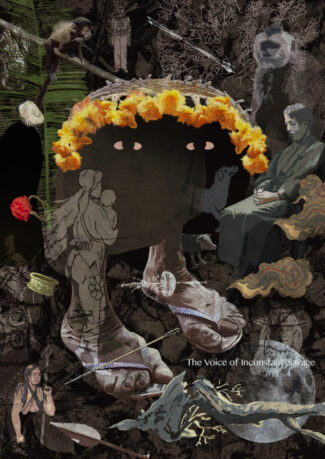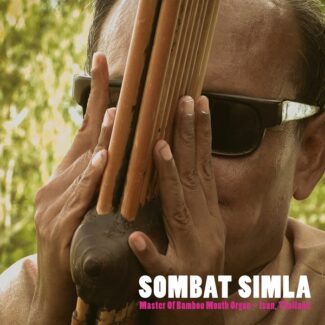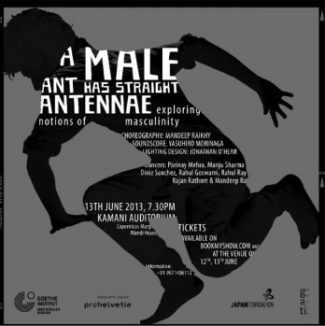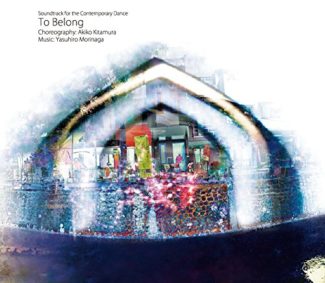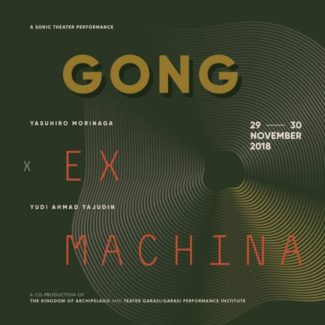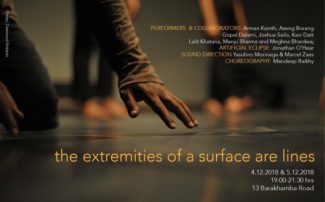
TEOAS
On 22 June 2017, the 16-year-old Junaid Khan was stabbed to death on a Mathura-bound train by a mob that allegedly mocked his skullcap and called him a beef-eater.
Responding to the growing number of cases of mob lynching triggered by hate-driven communal politics in India, this work studies the actions that constitute prayer. In examining four movements — bowing, kneeling, lowering the forehead to the floor, and bringing one's palms together — 'the extremities of a surface are lines' poses questions of deference and resistance.
How does the body perform its beliefs? What is the physicality of deference? What notions of space and time are embedded in the act of praying? Can deference, when performed outside its usual contexts, and repeated ceaselessly, transform into an act of resistance? How do shape, topography, orientation and horizontality inform our understanding as performers of belief?
The soundscape features Junaid’s mother Saira’s testimony about her son’s death, looped and transformed into a haunting call against hate and oppression. In doing so, it references the politics of Steve Reich's 'Come Out' (1966), which loops four seconds of testimony from a wrongfully detained man in Harlem, as a potent reminder of the injustices the civil rights movement sought to address.
This work stemmed out of engagements with the #NotInMyName campaign. It was briefly titled Bodies of Dissent and then presented as a work-in-progress with the title 'Pray' as part of 'Long Nights of Resistance'. The work was subsequently called 'Geometries of Faith', and then 'Geometries of Belief'. It is now titled 'the extremities of a surface are lines', in resonance with the Euclidean sense of geometry its choreographic treatment has invoked. The changing titles have had much to do with the subject of faith and belief. They cannot be defined with absolute conviction and can only ever be performed as an embodied proposition, subject to the conditions of a given time and space.


